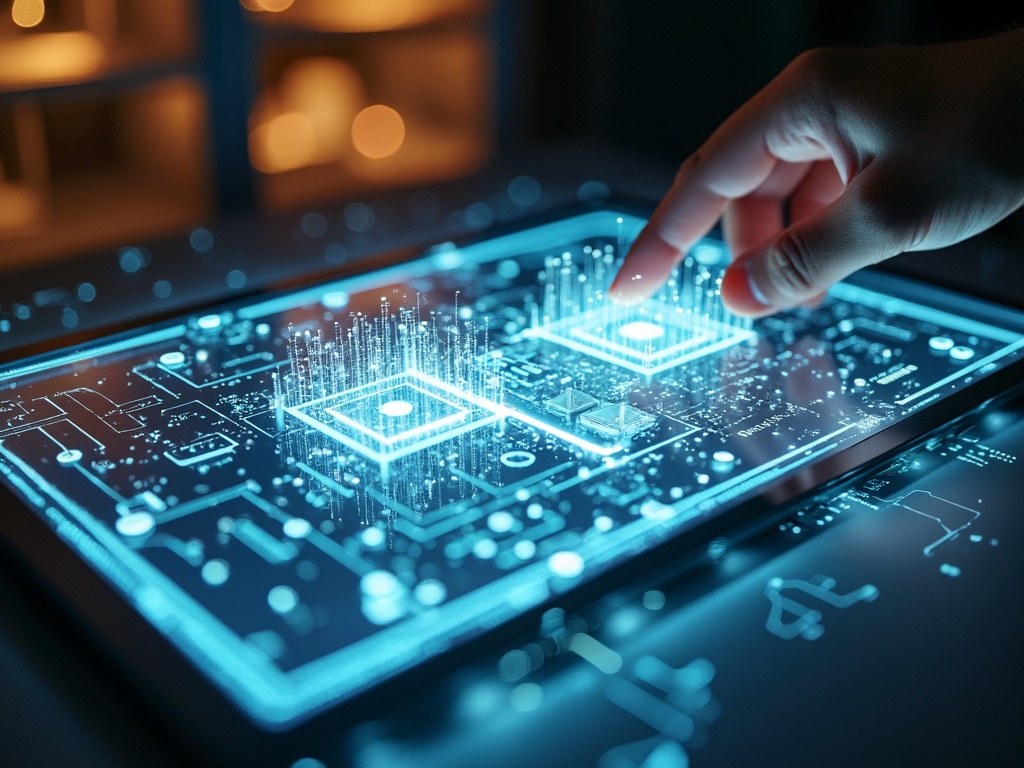Digital twins are revolutionizing industries by creating virtual replicas of physical entities. These sophisticated models leverage real-time data and advanced technologies to provide valuable insights, optimize processes, and enhance decision-making across various sectors.
Key Takeaways:
- Digital twins are projected to reach a market size of USD 73.5 billion by 2027
- They incorporate technologies like IoT, simulation, and machine learning
- Various types exist, including product, data, and system twins
- Digital twins offer benefits such as improved performance and predictive capabilities
- Challenges include data security and integration with existing systems
The Rise of Digital Twins: Revolutionizing Industries
Digital twins are virtual models that replicate physical objects, people, or processes using real-time data. These sophisticated replicas consist of key components such as behavioral insights, visualizations, and real-time updates. The market for digital twins is booming, with projections indicating a size of USD 73.5 billion by 2027, growing at an impressive 38% CAGR.
The technology behind digital twins relies on a combination of cutting-edge innovations. These include the Internet of Things (IoT), simulation techniques, machine learning algorithms, and advanced reasoning systems. By integrating these technologies, digital twins can provide accurate and up-to-date representations of their physical counterparts.
Types and Applications Across Industries
Digital twins come in various forms, each serving specific purposes across different industries. Some common types include:
- Product Twin: Represents different stages of a product's lifecycle with live data
- Data Twin: Exemplified by Google Maps, which optimizes routes using real-time traffic information
- Component, Asset, and System Twins: Representing individual parts to entire systems
- Digital Twin Prototype (DTP), Instance (DTI), and Aggregate (DTA)
The applications of digital twins span numerous industries, each benefiting from unique use cases. In manufacturing, they aid in product development, design customization, and improving shop floor performance. Supply chain management uses digital twins for predicting packaging performance, optimizing warehouse designs, and creating efficient logistics networks.
Healthcare organizations leverage digital twins to enhance operational efficiency and personalize patient care. Other sectors embracing this technology include construction, automotive, energy, and aerospace industries.
Benefits and Real-World Success Stories
Digital twins offer a wide array of benefits, making them invaluable tools for businesses. Some key advantages include:
- Improved performance through optimized equipment and facility operations
- Predictive capabilities that identify potential issues before they occur
- Remote monitoring using smart sensors and real-time data
- Enhanced decision-making, with speed improvements of up to 90%
Real-world examples showcase the practical applications of digital twins. Emirates Team New Zealand used digital twins to test boat designs virtually, while Anheuser-Busch InBev employed them to adjust brewing inputs and compensate for bottlenecks. SoFi Stadium optimized its management and operations using digital twin technology, and the Space Force created a digital twin of space itself.
The Future of Digital Twins: Challenges and Opportunities
As digital twin technology continues to evolve, its potential applications are expanding rapidly. Future developments aim to cover the entire lifecycle of products and systems, from design and testing to operation and decommissioning. This comprehensive approach could lead to significant cost savings, particularly in mitigating supply chain disruptions, which can cost an average of 45% of one year's cash profit.
The future of digital twins also holds promise for more personalized products and services. In healthcare, for example, genome modeling could pave the way for unique treatments tailored to individual patients. As virtual reality technology advances, we may see even more immersive and interactive digital twin experiences.
However, the widespread adoption of digital twins faces several challenges. Data security remains a primary concern, as these virtual models often rely on sensitive information. Integration with existing systems can be complex, requiring careful planning and execution. Additionally, there's a notable skills gap in the workforce, with a need for professionals who can effectively create, manage, and interpret digital twins.
Despite these challenges, the potential benefits of digital twins are undeniable. As businesses continue to embrace this technology, we can expect to see innovative applications across industries. From transforming retail experiences to revolutionizing healthcare delivery, digital twins are set to play a crucial role in shaping our future.
Sources:
McKinsey
AiMultiple
Amazon Web Services (AWS)
IBM
Wikipedia






